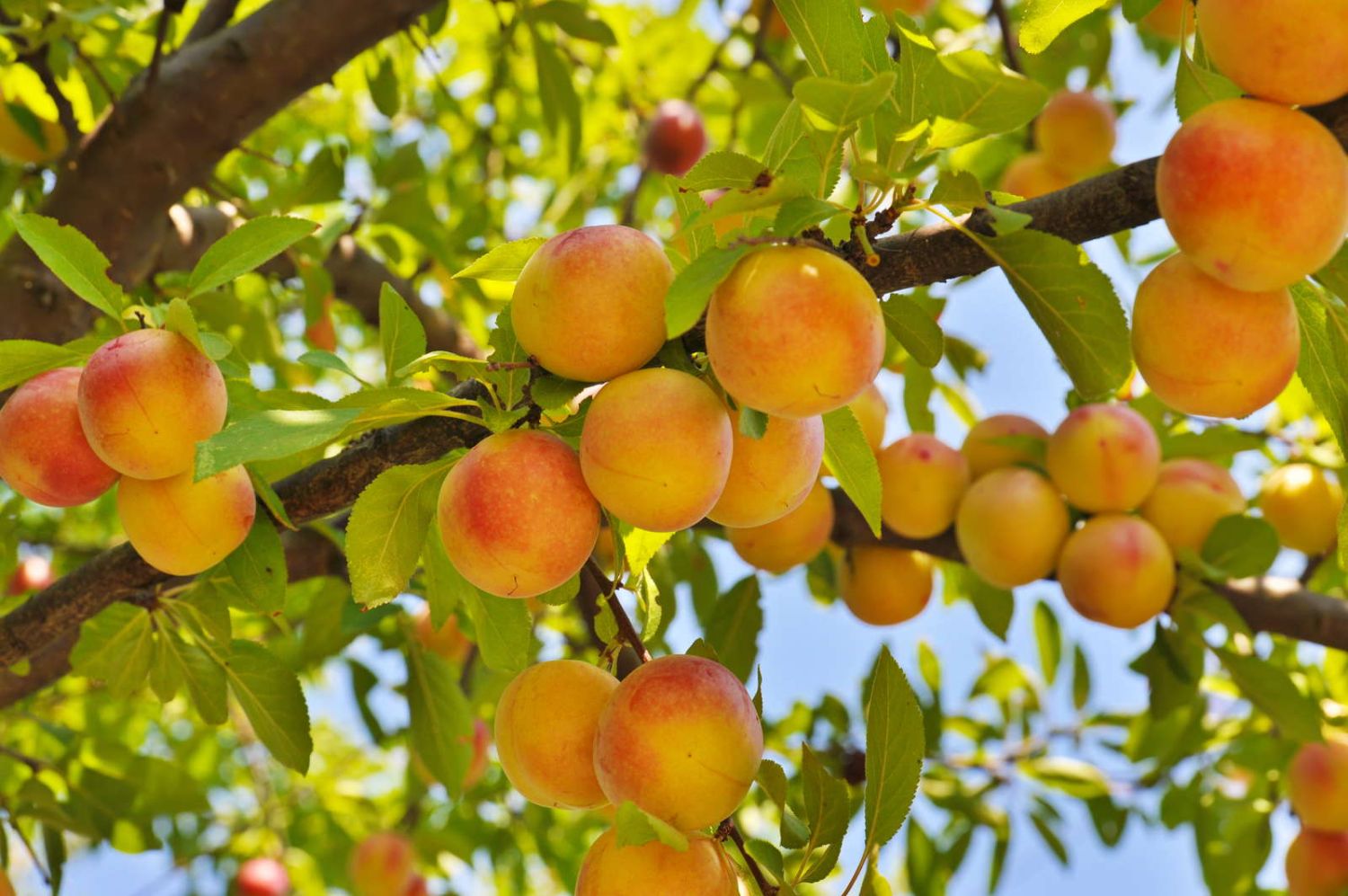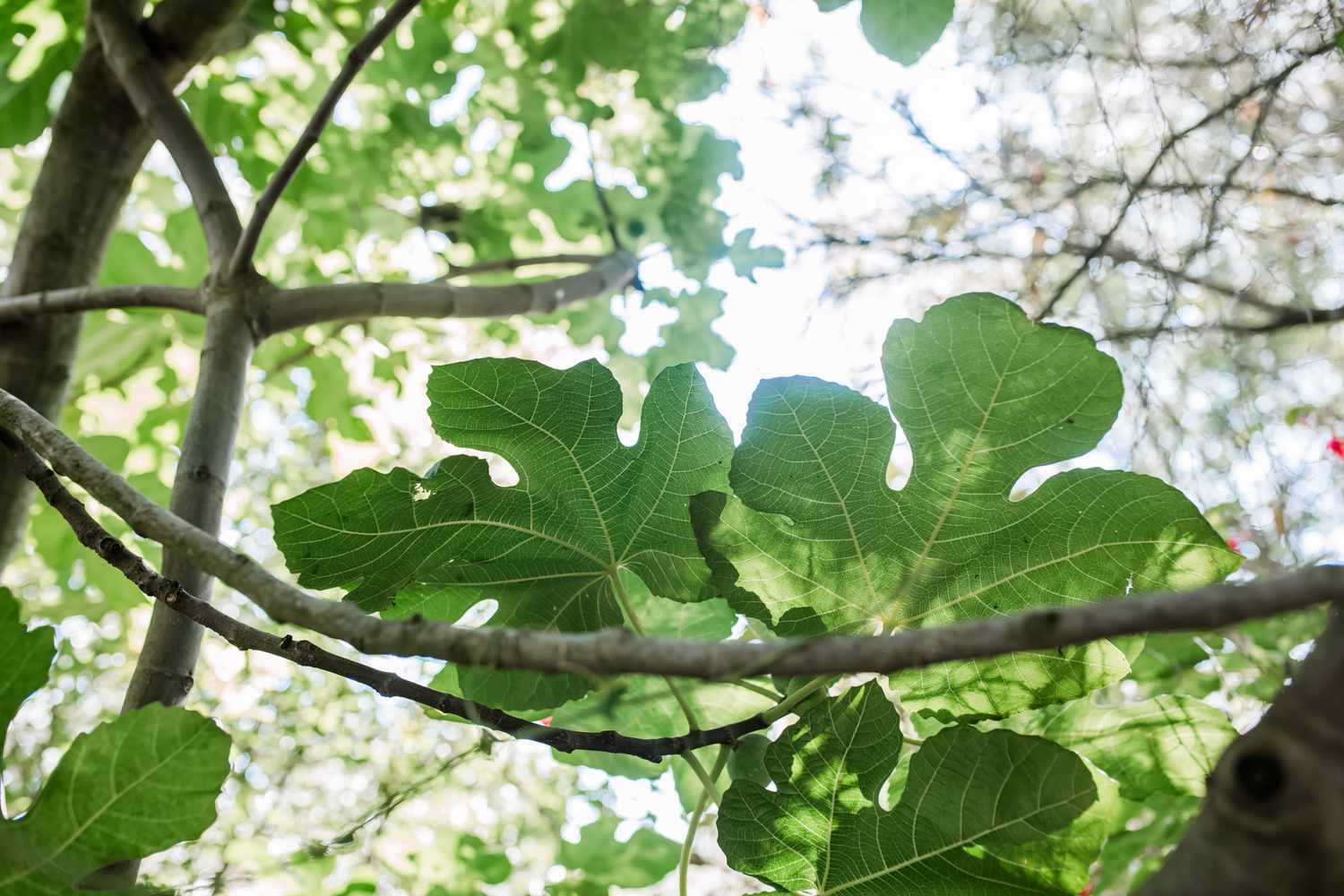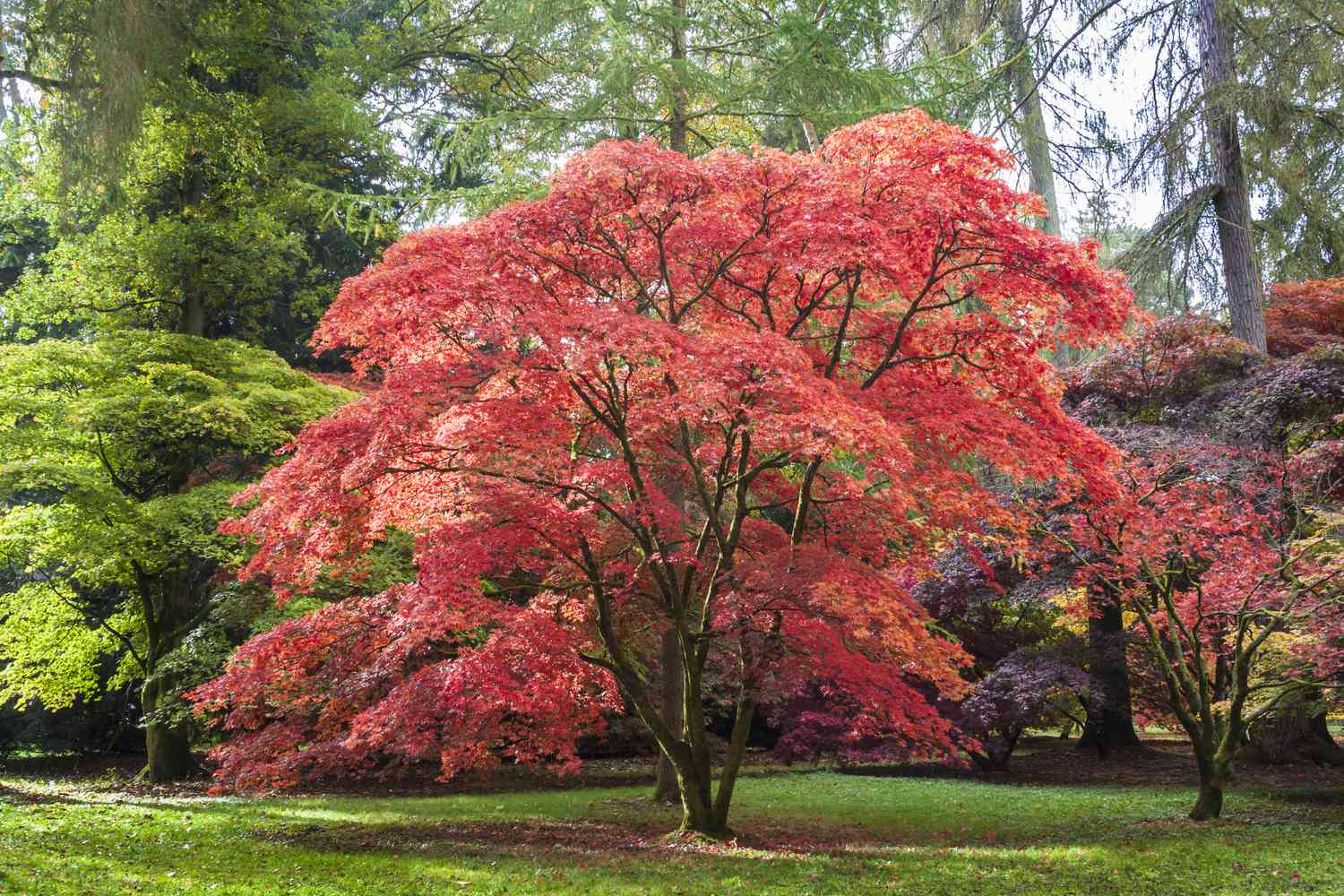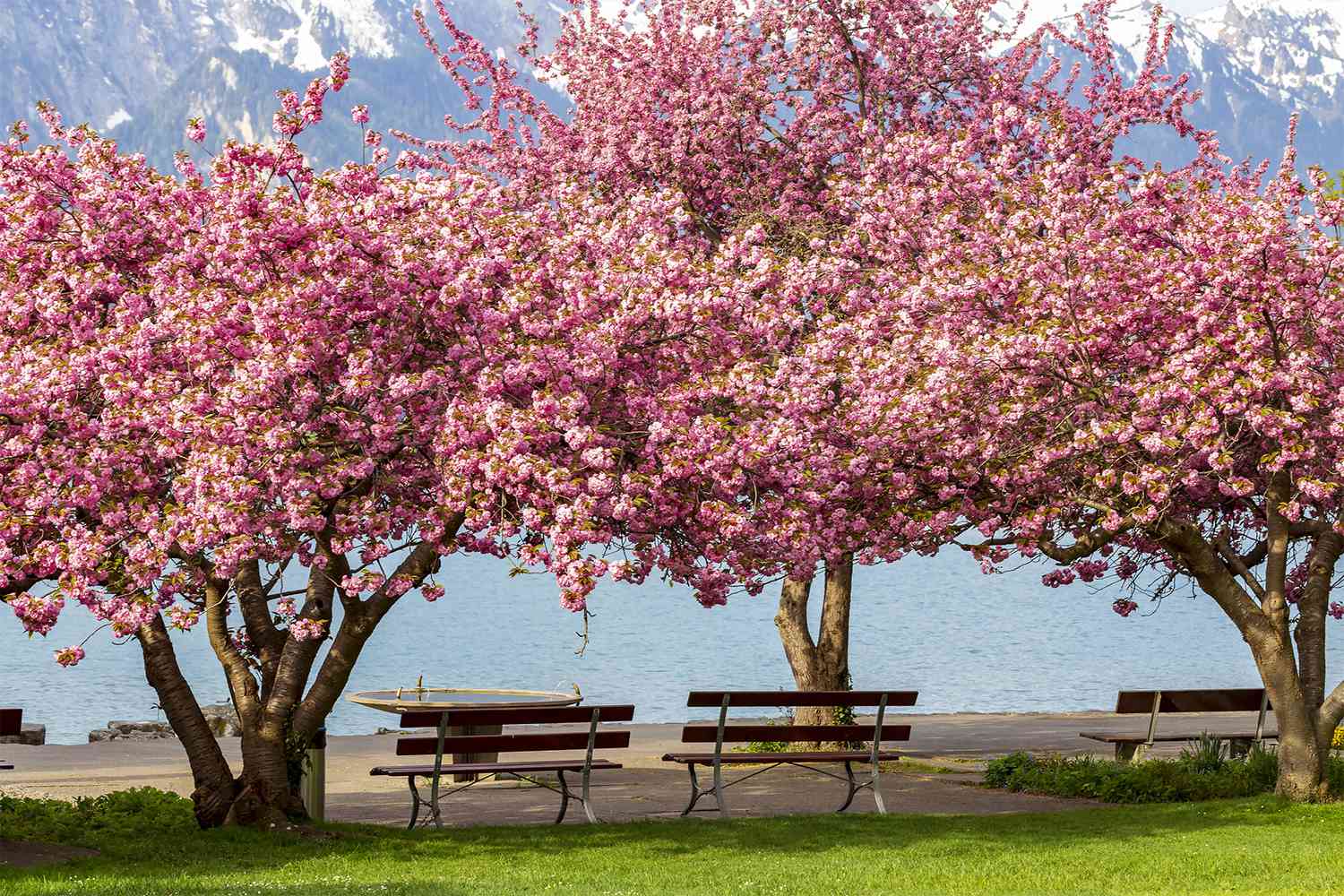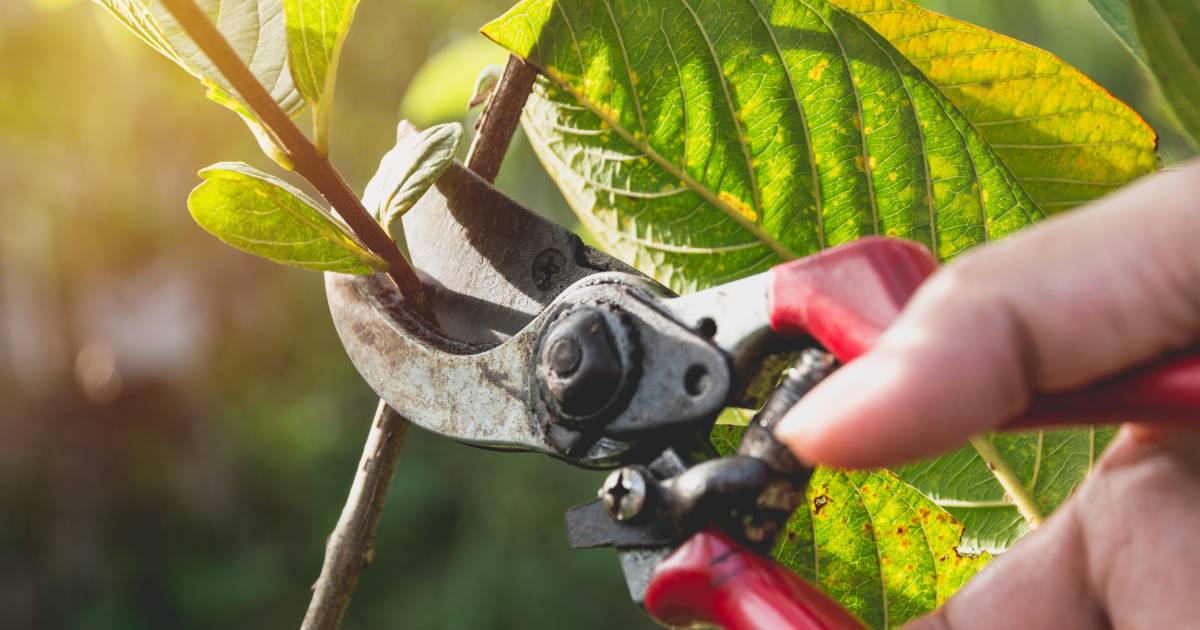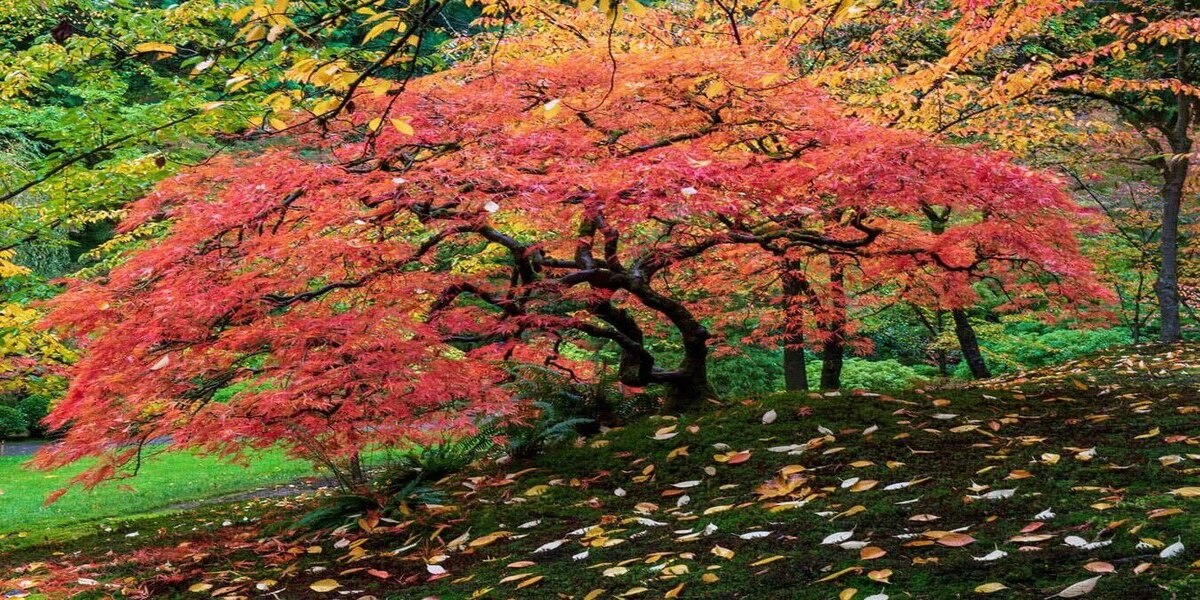Home>Gardening Techniques>Plant Care>When To Prune Cherry Trees
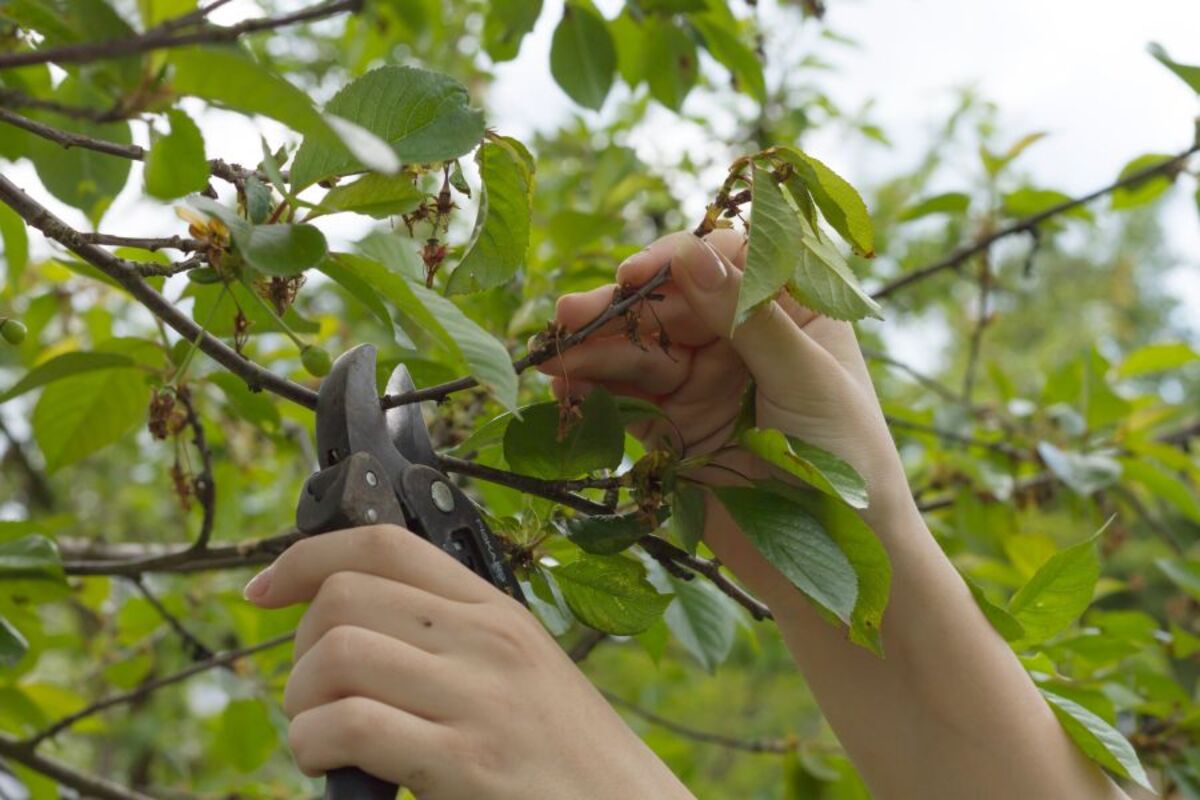

Plant Care
When To Prune Cherry Trees
Modified: August 29, 2023
Learn the proper techniques for pruning cherry trees and ensure their optimal growth with our comprehensive guide on cherry tree pruning. Enhance your plant care skills now.
(Many of the links in this article redirect to a specific reviewed product. Your purchase of these products through affiliate links helps to generate commission for Chicagolandgardening.com, at no extra cost. Learn more)
Table of Contents
Introduction
Cherry trees are not only beautiful additions to any garden or landscape, but they also require proper care and maintenance to thrive. One crucial aspect of cherry tree care is pruning. Pruning is the process of selectively removing certain parts of the tree, such as branches, buds, or roots, to promote healthy growth, improve fruit production, and maintain the tree’s overall shape and aesthetics.
Pruning cherry trees may seem intimidating for some gardeners, but with the right knowledge and techniques, it can be a rewarding and beneficial practice. Understanding when to prune cherry trees is key to ensuring successful outcomes, as timing plays a vital role in the tree’s growth and productivity.
In this article, we will explore the importance of pruning cherry trees, discuss the factors to consider when determining the optimal time for pruning, and provide helpful techniques to guide you through the process.
Before diving into the details, it’s worth noting that cherry tree pruning is not a one-size-fits-all approach. Different varieties of cherry trees may require specific pruning methods and schedules. Therefore, it is essential to understand the needs of your specific cherry tree variety to achieve the best results.
So, if you are ready to learn how to properly prune your cherry trees and unlock their full potential, let’s delve into the why, when, and how of cherry tree pruning.
Why Prune Cherry Trees
Pruning cherry trees offers a myriad of benefits that contribute to the overall health and productivity of the tree. Here are some compelling reasons why pruning should be an essential part of your cherry tree care routine:
- Promotes healthy growth: Pruning helps to remove diseased, damaged, or dead branches, allowing the tree to redirect its energy towards healthy growth. By eliminating these weak or decaying parts, you can prevent the spread of diseases and pests and encourage the development of strong, vigorous branches.
- Enhances fruit production: Cherry tree pruning plays a crucial role in maximizing fruit production. By selectively removing some branches, you can improve air circulation and sunlight penetration within the canopy. This, in turn, increases the chances of pollination, fruit set, and ultimately, a higher yield of quality fruits.
- Maintains tree structure and aesthetics: Over time, cherry trees can develop irregular or crowded growth patterns that negatively impact their structure and appearance. Pruning helps maintain an appealing shape and open canopy, enabling the tree to receive ample sunlight and nutrients.
- Prevents and corrects structural issues: Pruning at the right time and in the proper manner can help prevent and correct various structural issues. This includes removing crossing or rubbing branches, preventing branches from growing too close together, and reducing the risk of limb breakage due to heavy fruit loads or strong winds.
- Manages tree size: Some cherry tree varieties have a tendency to grow excessively tall or wide, making them difficult to manage in smaller spaces. Pruning can help control the size of the tree and keep it within a more manageable range, ensuring easier maintenance and harvesting.
Pruning is an essential practice that not only benefits the cherry tree itself but also promotes the overall health and longevity of the surrounding garden or landscape. By investing time and effort into proper pruning techniques, you can enjoy a flourishing cherry tree that produces an abundance of delicious fruits for years to come.
When to Prune Cherry Trees
The timing of pruning plays a crucial role in the success of cherry tree care. Pruning cherry trees at the right time ensures that the tree can heal properly, minimizes the risk of disease or pest infestation, and promotes healthy growth. The optimal time to prune cherry trees depends on several factors:
- Winter Dormancy: The ideal time for major pruning of cherry trees is during late winter or early spring while the tree is still in its dormant stage. This is typically between late January and early March, before the buds start to swell. Pruning during this period allows the tree to heal its wounds more efficiently before the active growing season begins.
- Avoiding Frost: It is important to avoid pruning cherry trees when there is a risk of frost. Pruning during frosty conditions can cause damage to the tree, as the open wound may not heal properly. It is advisable to wait until the frost risk has passed before proceeding with pruning.
- Established Trees: For well-established cherry trees, light pruning can also be done during the summer months, typically in late summer after harvest. This type of pruning is primarily focused on removing dead or diseased branches and maintaining the tree’s shape.
- Young Trees: Young cherry trees require a different approach to pruning. In the first year or two after planting, it is important to focus on shaping the tree’s structure. This can be done during late winter or early spring, removing any competing branches or crossing limbs to create a strong central leader and well-spaced lateral branches.
It is important to note that certain cherry tree varieties may have specific pruning requirements or recommendations. It is always a good idea to consult reliable gardening resources or seek advice from a professional arborist to ensure you follow the appropriate pruning schedule for your specific cherry tree variety.
By understanding the optimal timing for pruning cherry trees and considering the unique needs of your tree, you can effectively promote healthy growth, enhance fruit production, and maintain the overall vitality of your cherry tree.
Factors to Consider
When determining the best time to prune cherry trees, there are several factors to consider in order to ensure successful results. These factors include:
- Cherry Tree Variety: Different cherry tree varieties have varying growth habits and pruning needs. Some varieties may be more vigorous and require more frequent pruning, while others may be naturally compact and require minimal pruning. It is important to understand the specific requirements of your cherry tree variety to effectively plan your pruning schedule.
- Climate and Region: Consider the climate and region in which your cherry tree is located. Pruning schedules may vary depending on the local climate, particularly in areas with severe winters or extreme heat. Adapt your pruning practices to suit the needs of your specific climate, ensuring optimal growth and resilience.
- Tree Age and Health: The age and overall health of the cherry tree should also be taken into account. Younger trees require more attention to establish a strong structure, while older trees may need regular maintenance pruning to remove dead or diseased branches. Consider the current health status of the tree and adjust your pruning approach accordingly.
- Fruit Production Goals: Determine your goals for fruit production. If your priority is maximizing fruit yield, prioritize pruning during the dormant period to open up the canopy and improve sunlight penetration. If aesthetics or tree structure is more important, you can incorporate selective pruning during the growing season while minimizing the impact on fruit production.
- Pest and Disease Control: Pruning can help prevent and control pests and diseases in cherry trees. If you have experienced pest or disease issues in the past, timing your pruning to coincide with dormant periods and removing affected branches can help reduce the risk of infestation and spread. Consult local gardening resources or experts for specific pest and disease control recommendations for your area.
By considering these factors and tailoring your pruning practices to the unique needs of your cherry tree, you can ensure optimal growth, health, and productivity. Keep in mind that regular observation and assessment of your tree’s condition will help guide your pruning decisions and make necessary adjustments as needed.
Pruning Techniques
Pruning cherry trees involves employing various techniques to achieve specific goals and maintain the health and shape of the tree. Here are some commonly used pruning techniques:
- Thinning: Thin out the cherry tree by selectively removing inner branches or those that are crossing and rubbing against each other. This technique helps improve air circulation within the canopy and reduces the risk of disease. Remove branches that are weak, damaged, or growing downwards.
- Heading Back: Heading back is the practice of cutting back longer branches to promote branching and create a more compact shape. This technique is especially useful for young cherry trees, as it encourages the development of a strong central leader and well-spaced lateral branches. Avoid excessive heading back, as it can stress the tree and impact fruit production.
- Leader Control: Maintain a dominant central leader by pruning competing branches that may hinder the development of a strong vertical trunk. Identify the main vertical stem and remove any vigorous side branches that may be competing for dominance. This technique helps create a well-structured tree and prevents the tree from forming multiple leaders.
- Deadwood Removal: Regularly remove dead or diseased wood from the cherry tree. Deadwood not only negatively impacts the tree’s aesthetics but also attracts pests and diseases. Use clean, sharp tools to make clean cuts just outside the branch collar. This technique helps prevent the spread of diseases and encourages healthy growth.
- Pruning Cuts: Make pruning cuts at the appropriate locations to promote proper healing and minimize the risk of disease. Avoid leaving stubs or making flush cuts, as they impair the tree’s ability to close the wound. Cut just outside the branch collar, the swelling where the branch meets the trunk or larger branch, to allow for proper healing.
Remember to use clean, sharp pruning tools to avoid damaging the tree and spread of diseases. Before starting any pruning, it is advisable to disinfect your tools with a solution of 10% bleach or rubbing alcohol to minimize the risk of transmitting diseases between cuts.
It is also important to note that cherry trees have a natural tendency to produce suckers – fast-growing shoots that emerge from the base or the trunk. Regularly remove these suckers as they can divert energy from the main tree and compromise its shape and health.
When employing pruning techniques, take your time and step back periodically to assess the overall shape of the tree. Remember that pruning is an ongoing process, and it may take several years to achieve the desired results. With proper techniques and consistent care, your cherry tree will flourish and provide abundant beauty and delicious fruits.
Conclusion
Pruning cherry trees is a vital component of proper tree care and maintenance. By understanding the importance of pruning and implementing the appropriate techniques, you can promote healthy growth, increase fruit production, and maintain an aesthetically pleasing tree structure.
Timing is essential when pruning cherry trees. Performing major pruning during late winter or early spring, while the tree is dormant, allows for optimal healing and minimizes the risk of disease. However, light pruning can also be done during the summer months for maintenance purposes.
Several factors should be considered when determining the ideal time for pruning, including the specific cherry tree variety, local climate, tree age and health, fruit production goals, and pest and disease control.
When it comes to pruning techniques, thinning out the tree, heading back longer branches, controlling the central leader, and removing deadwood are commonly used methods. It is crucial to make clean pruning cuts just outside the branch collar to facilitate proper healing.
Regular observation and assessment of your cherry tree’s condition will guide your pruning decisions and ensure you make necessary adjustments along the way.
With the right knowledge and techniques, pruning cherry trees can be a rewarding practice that contributes to the overall health and vitality of your tree. By investing time and effort into proper pruning techniques, you can enjoy the beauty of a well-maintained cherry tree that produces an abundance of delicious fruits for years to come.
So, take the time to understand the unique needs of your cherry tree, plan your pruning schedule accordingly, and reap the benefits of a thriving and beautiful tree in your garden or landscape.


